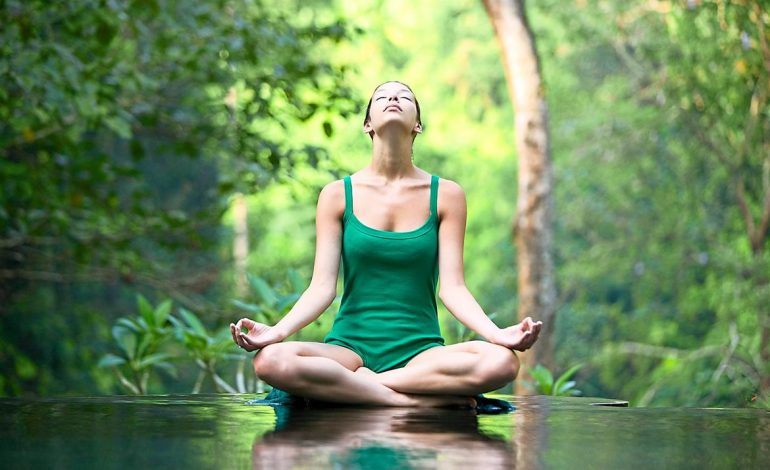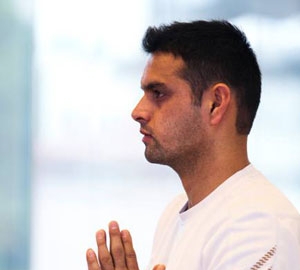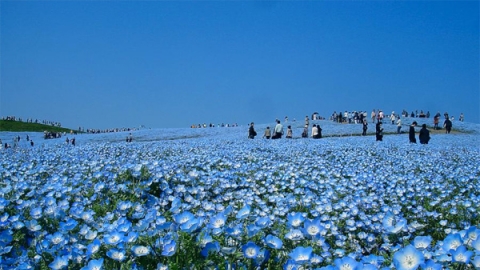According to statistics from managers, health tourism in the period 2015 - 2017 brought in revenue of up to 639 billion USD, and is expected to double by the end of 2022.

Instead of simply relaxing, some tourists are choosing a form of tourism combined with care services, improving health and spiritual life. If “healthy” is physical health, “spiritual” is mental health, then “wellness” is a combination of the two concepts above. “Wellness tourism”, or health care tourism, is defined as a type of tourism with the purpose of improving health and spirit through physical, psychological or spiritual activities. This type focuses on the experience of tourists at the attractions.

Specifically, when enjoying a health tourism vacation, tourists will practice a special course to find balance in the spirit. Experts will apply separate care regimens, meditation, yoga, daily massage... to help tourists detoxify, purify and rejuvenate the body.
Most of the resorts following this model are designed for tourists to spend time for themselves, explore nature and enjoy the separation from everyday life. Spas with therapeutic methods are also built on the resort premises so that tourists can restore their strength and find balance in their minds.

According to the Global Wellness Institute, in 2017 and early 2018 alone, nearly 850 million tourists experienced health tourism, especially tourists from the two markets of Europe and North America. The average spending of tourists for each of these trips is about 1,600 USD/person.
The two most popular Asian destinations for tourists are China and India, two countries with some of the most impressive medical and health care systems in the world.
















.jpg.jpg)

.jpg.jpg)













